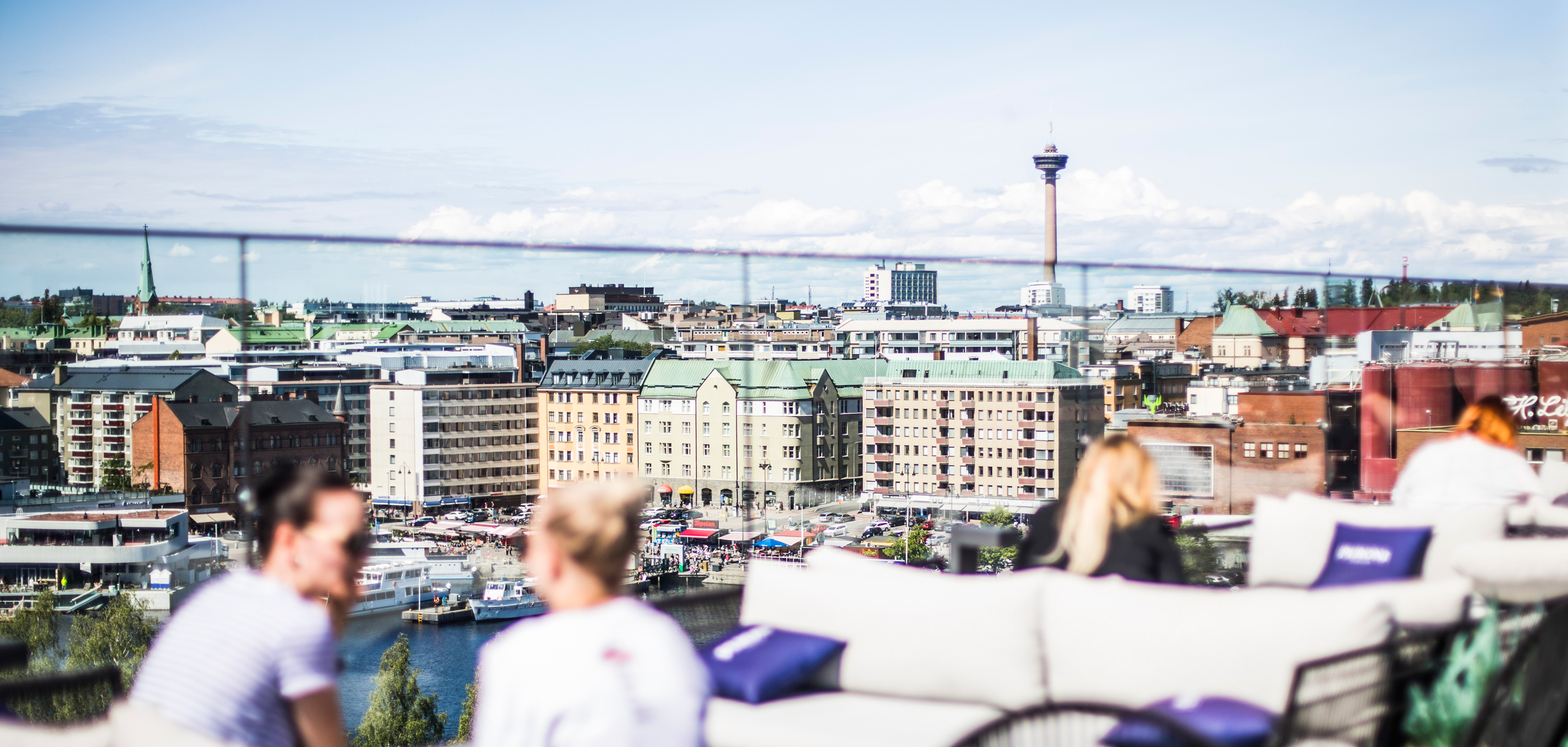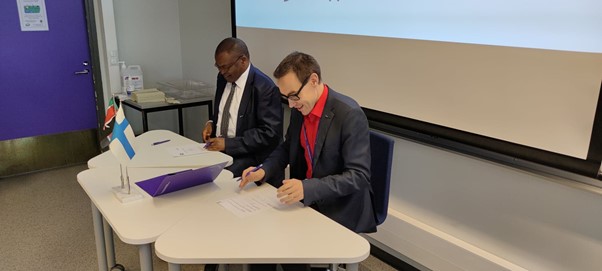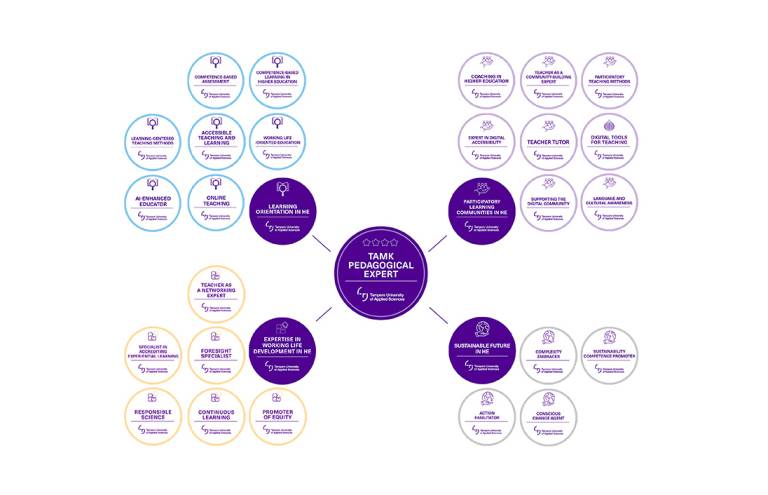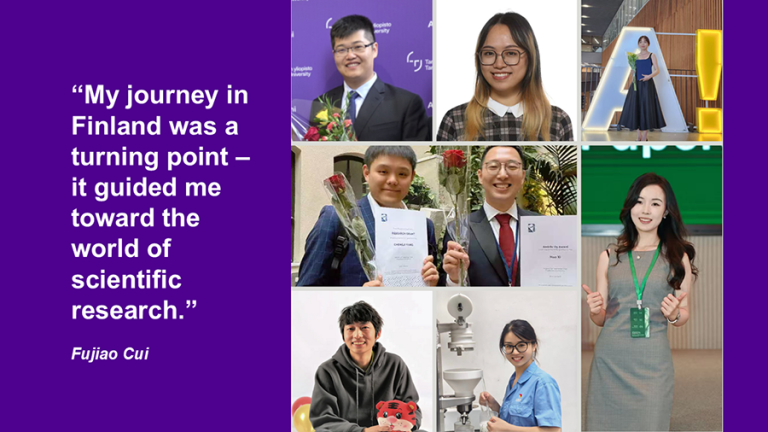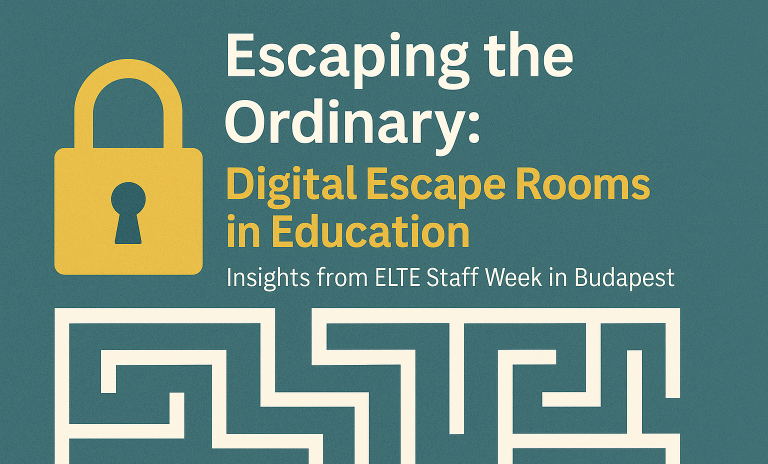Vice Chancellor, Professor John Akama, Deputy Registrar, Dr. Okemwa Kenanda and Senior Lecturer Dr. Titus Pacho spent one autumn day at TAMK getting to know TAMK’s role in the Finnish educational system, our programmes, RDI and pedagogical methods. Kisii University is a young university in the Western Kenya, Homa Bay County near Lake Victoria. It became a full-ledged university in 2012. The university has emerged, however, from Primary Teacher’s Training College, established already in 1965. Today Kisii University as an independent and autonomous higher education institution, provides education for over 20 000 students in over 200 academic programmes. As a sign of trust and initiation of cooperation universities signed memorandum of understanding (MoU).
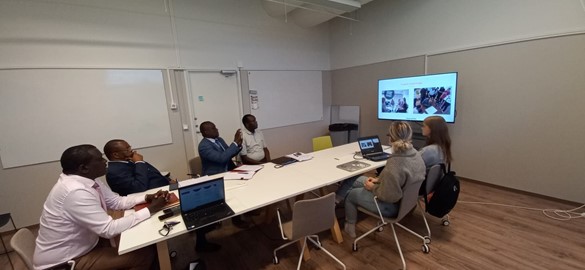
The visit at Proakatemia opened the thematics of the trust more in detail, especially in the field education and coach-student –interaction. Our guests were eager to understand the model of Proakatemia studies. Free and relatively uncontrolled way of learning was inspiring for them. The methods used at Proakatemia even sparkled up the discussions about the societies and how trust is built, created and maintained, and what needs to be done in the future for even more practical approach to it.
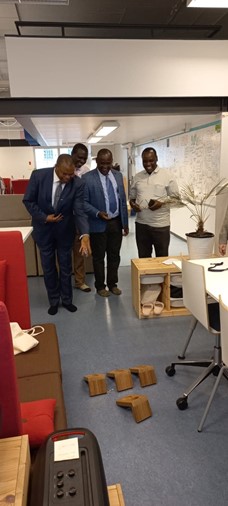
Kisii University guests mentioned that less than 45% of the graduating students get a job after graduation, mainly because of the lack of the skills of the working life. Youth unemployment builds gradually informal sector, where young people work outside the legal companies, earn their living in conditions that are not supportive for their future. Proakatemia model, together with HUBS working life connections, were seen as solutions out of this painful challenge of youth unemployment in the Kenyan society. Since there is a need for developing the curricula of higher education towards competence-based approach and increase university-industry cooperation thought public-private partnership these models would serve as a benchmark and example how to tackle the issue. In Finland universities of applied sciences have it inbuilt through legislation and it can be seen in the everyday operations. In this respect we can offer our experiences and expertise to help Kenyan universities in building the societal interaction and impact creation through cooperation that works at the local context and culture. In turn, we can learn from the local ways of communication and interaction.
Speaking of communication and cultural differences, during the visit, there was lively discussion about milk! What we have in common with Kenya – drinking milk is a common habit. Finnish oat milk products as an alternative product for milk, however, created a lot of interest. Apparently, oat is neither grown, nor used in Kenya. During the visit day, a new kind of distinction between these two agricultural products was being made and a lovely question “Milk from the cow or milk from the plant?” was asked several times. Maybe in the future we have a chance to see Kisii University students producing the milk from the plants!
Text: Eeva-Liisa Viskari and Nina Kärki
Picture 1: Eeva-Liisa Viskari
Pictures 2 and 3: Nina Kärki

